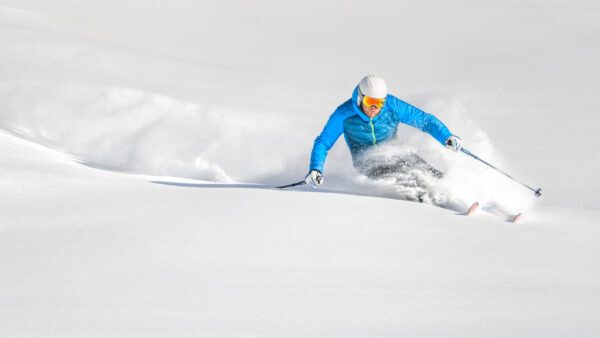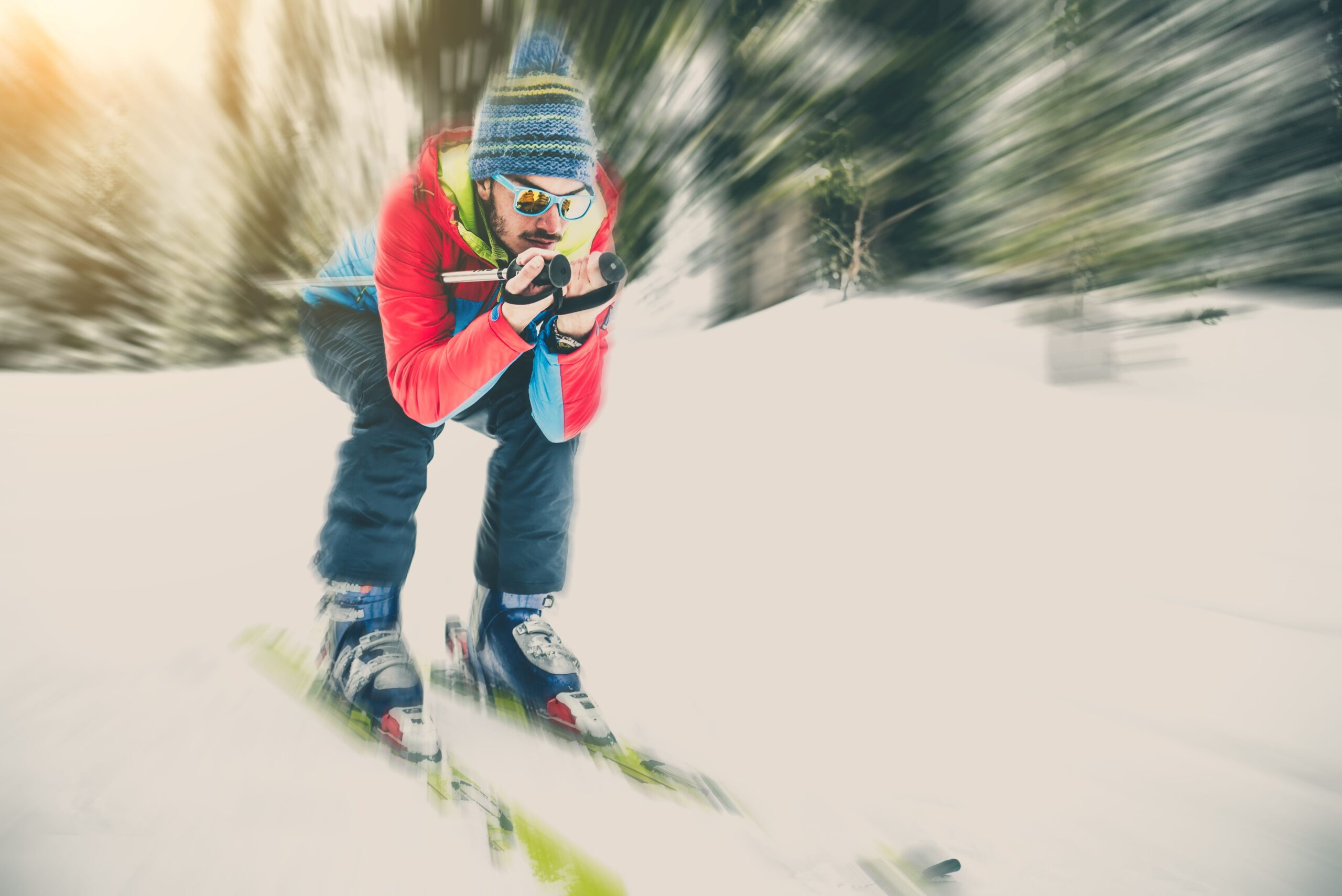
Speed Skiing: How Fast Can Skiers Really Go?
Faster Than Fear
The question sounds unreal: how fast can skiers go? But in the world of speed skiing, the answer can easily surpass 150 mph — faster than most Formula 1 cars on the track. The sport is extreme, specialized, and not for the faint-hearted. And it’s been quietly evolving in places you might not expect.
It seemed like a sideshow — until it wasn’t. With recent time trials catching global attention, speed skiing has entered a new phase: more visible, more competitive, more technical.
“During early weekdays,” some alpine lanes remain cordoned off for record runs, while weekend crowds never know they missed a world record attempt. That’s part of it. But not everything.
Terrain and Conditions
Speed skiing isn’t practiced on just any slope. It demands long, straight runs with consistent pitch and perfectly groomed snow. Most records are set on dedicated tracks in the French Alps, Canada, and parts of Scandinavia.
Conditions must be near-perfect. Cold, dry air. Low wind. Hard snow. Even slight disruptions — sunlight on one side, a shift in humidity — can affect performance. The record track in Vars, France, is only opened for elite trials, usually in March when weather stabilizes.
Skiers wear aerodynamic suits, specialized helmets, and skis over 240 cm long. The smallest flaw in body position can cost valuable tenths — or worse.
Culture or Local Tips
Unlike traditional alpine racing, speed skiing has a small but loyal following. It’s not a sport you stumble into — it’s one you train toward, often quietly. “Numbers slowed after lunch,” one racer joked, describing the solitude of solo practice runs on closed courses.
Locals in high-altitude ski towns know the schedule. They’ll tell you when a national team’s testing new gear or when an unofficial challenger is expected on the slope. Events are rare — but when they happen, entire villages turn silent during the countdown.
Safety teams are always present. Still, crashes at over 120 mph happen. The risk is built in.
Travel & Season Info
For those seeking to witness the sport firsthand, trips to Vars or Grandvalira during scheduled trial weeks offer the best chance. These aren’t tourist-friendly events — there are no grandstands. But a few early-morning visits near the slopes may put you within shouting distance of a new record.
Gear, lodging, and guides must be booked in advance. And travelers should expect strict slope access limits. Still, for fans of precision and physics-defying motion, speed skiing offers a rare window.
Not exponential — but steady — interest in this niche is growing. Or maybe not. Depends who you ask.
